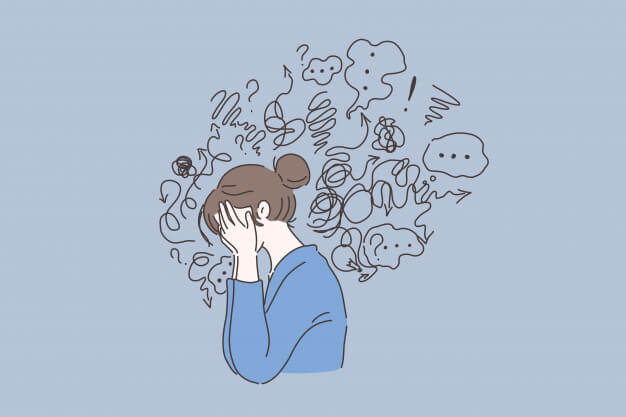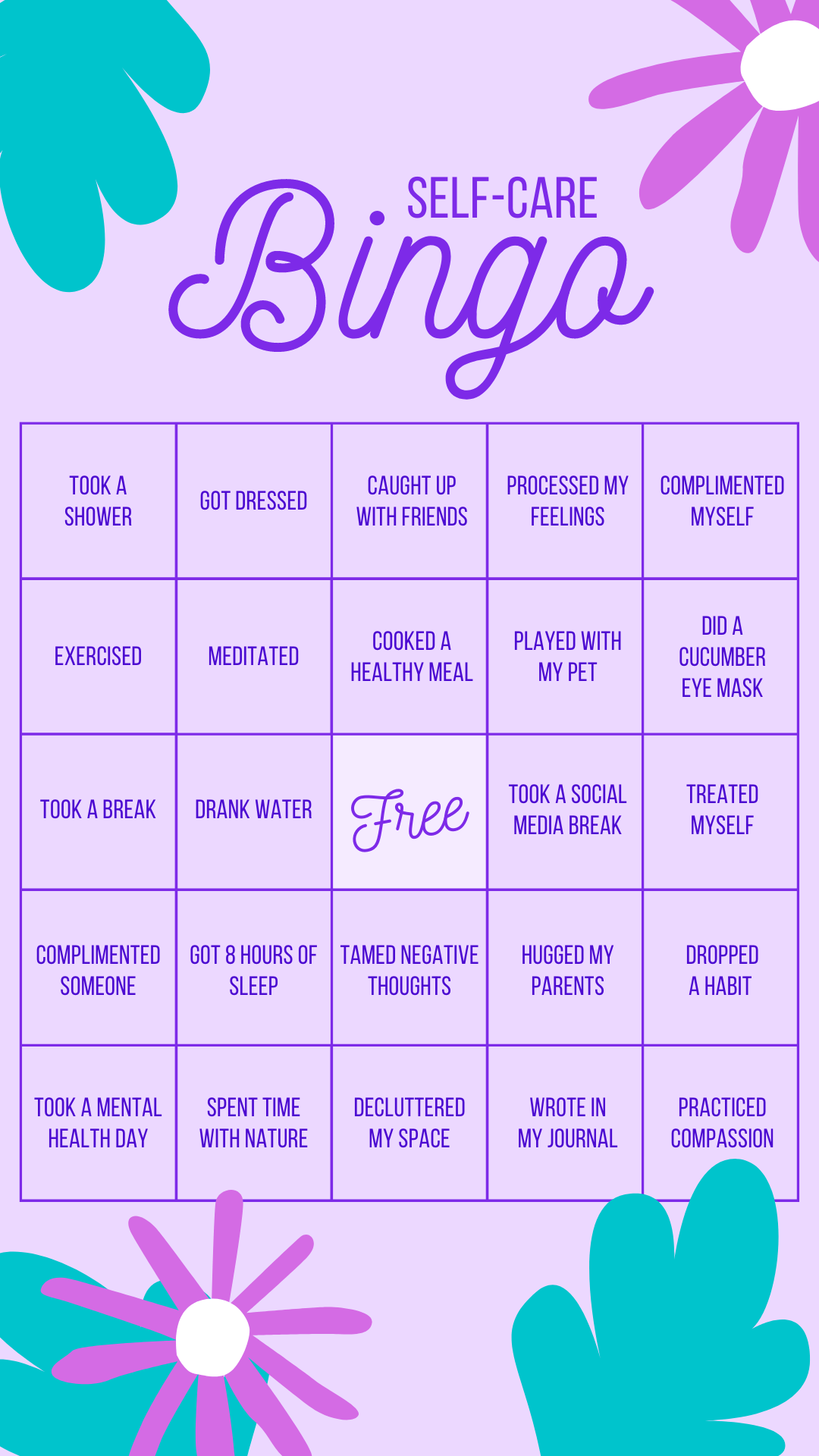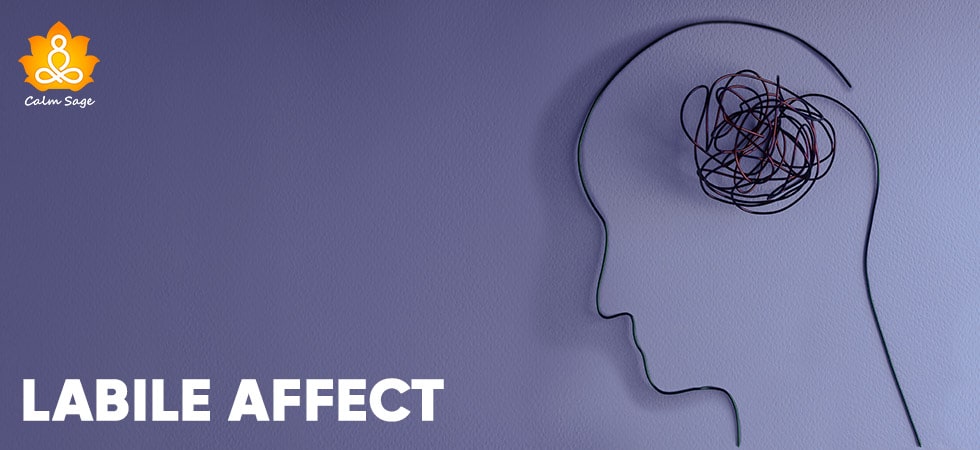Your Guide to Identification and Stopping Self-destructive Habits

Self-destructive habits? ME? No, I am not practicing any! (That’s okay)
It is common and obvious that if I ask you what all self-destructive habits you are practicing the answer might be none! Because that’s the thing with self-destructive habits. They are like Trojan Horse! On the outside, you might think of them as helpful habits that are allowing you to cope with distress in life. But, on the inside, they are destructive in nature doing more bad than good.
Therefore, it becomes important to identify them and deal with them so that they don’t harm your inner peace and overall well-being!
But why do we practice self-destructive habits?
The first question that popped in my head after reading about self-destructive habits was: “If self-destructive is not helpful then why even practice them in the first place?” If the same question is popping in your head, here is the answer:
We all experience stress, anxiety, guilt, shame, fear, and other overwhelming emotions that we barely know how to deal with. But, to overcome these overwhelming emotions we develop certain habits and behaviors that help us cope with them. While some of these coping mechanisms are healthy, others are destructive in nature. But as they help us lessen or avoid the unwanted feelings we continue practicing them without understanding their impact.
To put it in simpler words, we practice self-destructive habits as coping mechanisms, considering them helpful. While they might provide short-term relief they cause trouble in the long-term.
Common Self-Destructive Habits
Self-destructive behavior comes in many different forms that vary from person to person. Some of these self-destructive habits are extremes while others are more subtle. We will discuss both of them.
The subtle self-destructive habits that we practice daily:
- Scrolling through the phone unnecessarily to feel better or avoid awkwardness.
- Lying to yourself.
- Bringing your phone or other electronic gadgets everywhere.
- Negative self-talk.
- Not setting boundaries and being a “YES” person.
- Or saying “NO” to everything (finding it difficult to maintain balance).
- Criticizing self and others (a lot).
- Making excuses.
- Thinking and talking instead of doing.
- Overthinking.

Some extreme form of self-destructive habits that you need to stop practicing now:
1. Indulging in Escapist Behaviours
When the going gets tough escaping it seems to be the easiest way to fix it. Well, of course taking a break, spending “me time,” and just taking a power nap help you recharge and restore your energy. But when escaping behaviors take the route of unhealthy habits that become a matter of concern. Some unhelpful escapist behaviors that we often involve ourselves in are- binge-eating, binge-watching, oversleeping, over usage of the phone, and others.
2. Refusing to Get Help
Another self-destructive habit that you need to stop is not asking for help even when you are in extreme need of it. Difficulty in accepting the need for help and accepting help when it comes to your way is not healthy. Well, of course, you have inner strength and power but sometimes that little push from the outside can help you sail through difficult times.

3. Neglecting Yourself
When stress, anxiety, and other such emotions start swiping in our lives we start distancing ourselves from care and love. We end up giving control of our lives to these emotions and feelings and stop caring about how we look, feel, behave, and think! While some of us might wish to put efforts to stop these self-destructive habits, the thought bubble of “what’s the point” holds us back (relatable much?).
4. Performing Compulsive Actions
Eating a cookie or watching an episode might have helped you feel better when you were feeling low. But then overdoing these temporary acts of relief turns them into self-destructive habits. We tend to feel compelled to perform them again to feel relaxed and relieved. But unknowingly they become an inseparable part of our lifestyle. Which are not helpful in the long-run.
Activity To Identify Your Self-destructive Habits
Going to the opening statement of this blog…
Self-destructive habits? ME? No, I am not practicing any!
We are generally not aware of our self-destructive habits. But as it is said that you can’t put off a fire until and unless you don’t know where the fire is! So, to put an end to the self-destructive behaviors you have to first identify them! To help you with the same here is a small activity for you to try.
- Make a list of your habits and behaviors that you display (it can be as long or as short as you want).
- Give it a good thought and pen it down.
- Now analyze this list.
- Are you able to see some habits in the list that are causing you distress in some form or the other? Or you might be able to identify some behavior patterns that you have promised yourself to stop (multiple times).
- Just circle these habits as they are self-destructive in nature.
- With your body and mind giving you the constant message of letting these habits go it is about time to make it happen.
- Now apply the ways to stop self-destructive habits as discussed below and start your healing.
Ways to Stop Self-destructive Habits
To eliminate these self-destructive habits and lead a positive life. Here are some ways to stop self-destructive habits:
1. Emotional Catharsis
Don’t hoard or board your emotions! Because either way you are letting your self-destructing emotions deepen. You are advised to channel these emotions healthily with minimum mental and physical efforts. You can involve in activities that you thoroughly enjoy or try other ways. The two most unconventional ways to practice emotional catharsis are dynamic meditation and emotional decluttering. Give them a try to let go of your self-destructive behaviors.
So, don’t just hide under the shell! Face what the situation is and if it gets too much for you to handle alone, read the next point!
2. Ask For HELP
To deal with the overwhelming emotions and life situations it is important to seek help! This help can be sourced from family and friends, or even professionals. Want to call a friend and talk about it, just do it! Want to go for therapy just go for it. Don’t restrain yourself from seeking help. It won’t do any harm! Instead, it will help you realize your inner potential which might have gotten buried under your self-destructive patterns.

3. Focus On Self-love and Self-care
Don’t stop taking care of yourself and stop loving yourself. This subsides your inner strengths and lets the self-destructive habits take control of your life. Therefore, it is advised that you take to practice self-care. If you don’t know where to start from here is a self-care bingo for your help.

Also, never stop loving yourself! Practice self-love and build on your inner strengths to overcome self-destructive habits. Learn some easy and doable exercises to practice self-love here.
4. Self-reflect Each Day
Journal the three important aspects of self each day to reflect on your life. This will help you identify the triggers, causes, and consequences of practicing your self-destructive habits. It will further create self-awareness and aid in overcoming these habits. The important aspects that can be a part of your journaling are:
Your thoughts, your behavior, and your emotions.

5. Pen It All Down (Step-by-step)
Don’t put all your eggs in one basket. Deal with one self-destructive habit at a time. Here is a step-by-step guide to deal with one-self-destructive habit.
Step 1: Pick one specific self-destructive habit that you want to stop. You can refer to the list prepared above.
Step 2: Write an essay on this habit (take help if needed). Jot down the disadvantages of practicing this habit in the long-term.
Step 3: Next write the immediate benefits of discontinuing this habit. Alongside make a list of long-term benefits too.
Step 4: Now put this list at a place where you can see it every day. This will work as a tool of motivation for you.
Step 5: Finally, consider these benefits as your goals and strive to achieve them.
Self-destructive habits took time to form so it definitely will take time to stop practicing them. Be kind and gentle with yourself through this process.
Believe In Yourself And Not The Negative Self-talk
Don’t let the negative self-talk from your belief system. Telling yourself that you are not enough or you are weak will just let your self-destructive habits feed on it. It becomes crucial to identify and replace them with positive self-talk.
You are not alone with these Trojan Horses in your life! We all have some of the other self-destructive habits that we are practicing in our life. What matters the most is that you can recognize them and work on them actively. Don’t let them destroy your inner world.
Remember: You are not broken; you are just human. (It is okay to feel this way).
More strength to you!
Need more help? Feel free to reach us: support@calmsage.com






















Amazing content... definitely going to follow
how to let go Self-Destructive behavior in relationship?
Thank you for sharing the wonderful article as well as the video. After reading and watching this, I felt good. Very well-written too,
How can i stop overthinking and worrying about everthing.